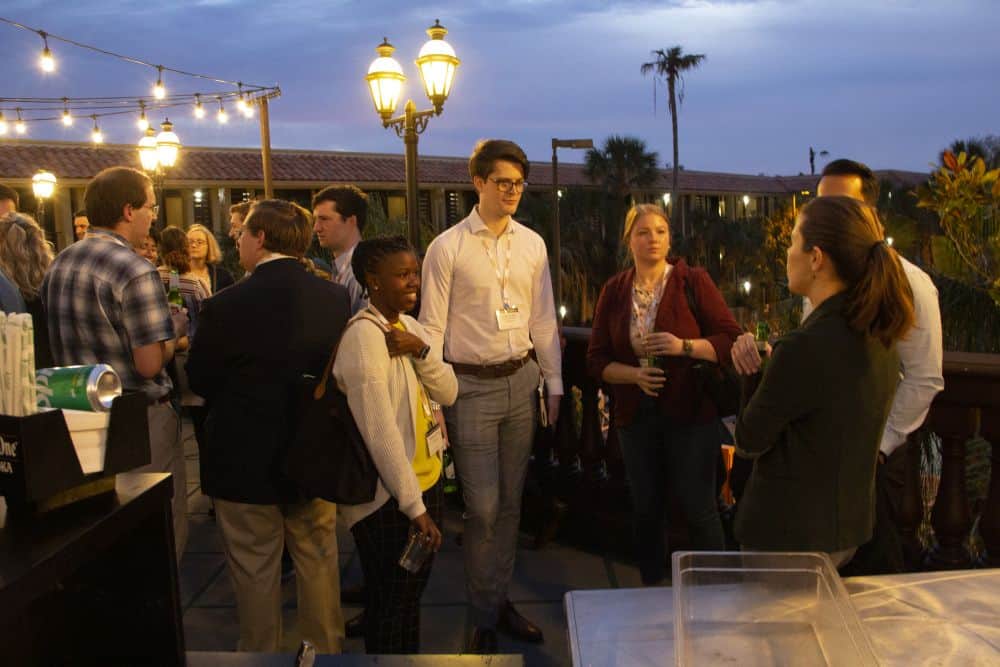Our Mission
The Basic Science Division of The American Ceramic Society is dedicated to the development of ceramic science underlying present and future applications of ceramics. The Basic Science Division fosters the scientific and technological foundations of ceramic science, identifying new areas in, and fields of, ceramic science critical to our current and future members.
Upcoming Events
Division Resources
Leadership
The Basic Science Division of The American Ceramic Society is dedicated to the development of its members. If you would like to contact any of the Basic Science Division officers, visit the ACerS online Membership Directory for contact information. You must be a member to access the directory. You may also contact Vicki Evans who will assist you.
2025–2026 BSD Officers
Chair: Ricardo Castro | Lehigh University
Chair-elect: Fei Peng | Clemson University
Vice Chair: Ming Tang | Rice University
Secretary: Klaus van Benthem | The University of Alabama, Tuscaloosa
Secretary-elect: Jessica Krogstad | University of Illinois at Urbana Champaign
ACerS Board of Directors Division Liaison: Rodney Trice | Purdue University
YPN +1 Representative: Lavina Backman | Naval Research Laboratory
President’s Council of Student Advisors Delegates: Kavan Joshi | Lehigh University; Kennedy Agyekum | University of Tennessee, Knoxville; Ebenezer Owusu | University of Nottingham
Member Engagement Subcommittee Representative: Victoria Blair | U.S. Army Research Laboratory
Division Awards
Basic Science: Ceramographic Competition and Roland B. Snow Award
The Roland B. Snow award is presented to the Best of Show winner of the Ceramographic Exhibit & Competition, an...
Basic Science: Early Discovery Award
The Basic Science Division Early Discovery Award recognizes an early career member of ACerS who has demonstrated a contribution to basic...
Basic Science: Graduate Excellence in Materials Science (GEMS) Awards
2025 GEMS Finalists 2025 Diamond Awardees Hailey Hall Aiden Ross Mohammad Mahafuzur Rahaman Annabelle Bedford Chukwudalu Okafor 2025 Sapphire Awardees...
Basic Science: Robert B. Sosman Award and Lecture
The Robert B. Sosman Award is the highest recognition of scientific accomplishment given by the Basic Science Division and is...
Diversity Statement
The American Ceramic Society values and seeks diverse and inclusive participation within the field of ceramic science and engineering.
ACerS strives to promote involvement and access to leadership opportunity regardless of race, ethnicity, gender, religion, age, sexual orientation, nationality, disability, appearance, geographic location, career path or academic level.


About the Basic Science Division
Learn how BSD can help your research and career. Download and share the BSD flyer summarizing the Division’s benefits, mission and focused meetings.


